FOG Blog
|
Well, that was fun!
We had a number of FoG members turn out tonight and we had three telescopes on the go. Mars was a bit of a blob - but we got to see Mars! Saturn was nice and crisp, with rings and Titan visible. Vega, Deneb and Altair kept watch right over head. Thanks to all the visitors who came by, including several families and Girl Scouts! We hope to see y'all at our October 17 meeting.
0 Comments
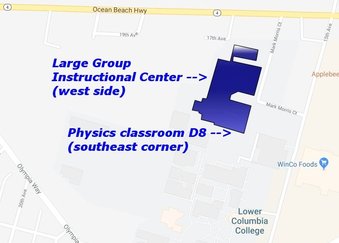
We have our meeting schedule through the school year.
Visitors and new members welcome! All meetings will be at 7:00 PM at Mark Morris High School, in the LGIC (Large Group Instructional Center) on the west side of the building. Dates: Oct. 17 Nov. 14 Dec. - Christmas party; date and location to be announced Jan. 16 Feb. 20 March 20 April 17 May 15 Our usual agenda: club business, Sky Report, educational video or lecture, light refreshments. Sky Report by Ted Gruber
Evening Sky Venus is visible low in the west-southwestern sky just after sunset through very early October. It lies about 5° to 10° above the horizon and is visible for only about 30 minutes after sunset. Venus reaches its peak magnitude of -4.8 on September 21. The planet returns to the morning sky in early November. Jupiter (magnitude -1.8) is visible in the southwestern sky at dusk. It now remains visible for about two hours after sunset, and for about an hour after sunset in mid-October. Saturn (magnitude 0.5) appears about 25° above the south-southwest horizon as darkness falls. It remains visible until it sets in the southwest about four hours past sunset. The moon passes 1.8° north of Saturn about 8:00pm on October 14. Mars (magnitude -1.0) is visible in the southeastern sky at dusk and remains visible until it sets in the southwest around 1:00am. The moon passes 5° north of Mars just past midnight on September 20 (the night of September 19-20). Orionid Meteor Shower The Orionids are active from October 2 through November 7, peaking during the early morning hours of October 21. Most predictions call for a peak rate of 20 meteors per hour. However, the Orionids produced 50-75 meteors per hour at their peak from 2006-2009, and there are theories this repeats in a 12-year cycle. Moon Phases Full (9/24), last (10/2), new (10/8), first (10/16), full (10/24), last (10/31). Messier of the Month – M27 (Dumbbell Nebula) M27, better known as the Dumbbell Nebula, is a planetary nebula in Vulpecula. It was the first planetary nebula discovered (Messier, 1764) and is the brightest of the four planetary nebulae in the Messier catalog. At magnitude 7.5, it is the second brightest planetary nebula overall, behind only the Helix Nebula. M27 is 1,360 light years distant, and its estimated age ranges from 9,800 to 14,600 years. Through binoculars, M27 appears as a smudge of gray light.  NASA's Galileo spacecraft NASA's Galileo spacecraft Our club is named to honor the first astronomer to use a telescope. NASA also honored Galileo, by naming a spacecraft to Jupiter after him. From NASA: Galileo orbited Jupiter for almost eight years, and made close passes by all its major moons. Its camera and nine other instruments sent back reports that allowed scientists to determine, among other things, that Jupiter’s icy moon Europa probably has a subsurface ocean with more water than the total amount found on Earth. They discovered that the volcanoes of the moon Io repeatedly and rapidly resurface the little world. They found that the giant moon Ganymede possesses its own magnetic field. Galileo even carried a small probe that it deployed and sent deep into the atmosphere of Jupiter, taking readings for almost an hour before the probe was crushed by overwhelming pressure. Click here for a summary page and here for the mission page. Lots of interesting info to explore! 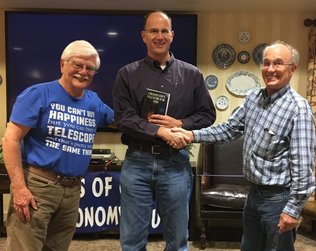 Friends of Galileo: Greg Smith, Roy Gawlick, Mark Thorson. Photo by Tom Meek. Friends of Galileo: Greg Smith, Roy Gawlick, Mark Thorson. Photo by Tom Meek. At our monthly meeting on the 19th, Greg Smith (FoG President, left) and Mark Thorson (right) presented webmaster Roy Gawlick with the 2018 Observer's Handbook as thanks for the new web site. Mark figured it was the right book because it was published by The Royal Astronomical Society of Canada. He was right! 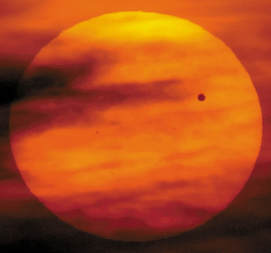 The Daily News had a story about Friends of Galileo watching the transit of Venus in 2012. Click to read the story. By Stephen Powell
I was the designer and primary creator of the Human Sundial at LCC. The inspiration for the project came from FOG member Margaret Miller, who had seen a human sundial during a trip to the American southwest. She thought it would be a great idea to put one at LCC. Mark Thorson had heard of an organization that was selling low-cost human sundial plans, with a layout that was supposed to be based on the geographic location of the sundial. In the spring of of 2005, the club purchased plans for a Longview-based human sundial. Mark and I decided to test the accuracy of these plans, prior to actually constructing one at LCC. In June of 2005 we used chalk to mark out part of the sundial on my asphalt basketball court. It failed miserably! So I decided to do some online research on the mathematics for such a sundial. Then I created a spreadsheet that calculated the positions of the various parts of the sundial. One of the decisions I had to make was the relative scale to use, since the shadow cast by a person's body will vary throughout both the day and year. I used planetarium software to verify the validity of these calculations. Margaret received permission from LCC for us to put the sundial near their (now former) physics/astronomy classroom. She also purchased stencils for much of the numbering and lettering (and printed out her own stencils for the accompanying signage, which I helped her to then cut out, using exacto knives). Actual construction took place on Labor Day weekend of 2005. In addition to Margaret and Mark, I think that several other club members assisted, possibly including Greg Smith, Chuck Ring and/or Bill Norvell. The most critical measurement was marking out a true north/south line. I did this by marking the shadow cast at true solar noon by a vertically suspended cord. The time for true solar noon had been determined to the exact second with my planetarium software, and I used a watch that had been synchronized with atomic time. We then used a laser level (that can cast two orthogonal laser beams) to mark out an east-west line. These two lines formed the axes of a Cartesian coordinate system that allowed us to find the positions of all of the time markers. (The laser level was also used to find these positions.) I had used my spreadsheet to print out a diagram of the analemma that is used to establish where a person stands when casting a shadow. I transferred this to a transparency and then used the overhead projector in my classroom to project this onto a large piece of paper, creating a stencil for the analemma we painted. It was a bit of a challenge to correctly position and orient this very large stencil. During the course of construction, we also had to make decisions about aesthetics (e.g., the colors of paint for various parts of the sundial, the relative positions and orientations of letters and signs, etc.). We also had to create the proper techniques for spray painting the various stencils without creating a mess. Cardboard masks were the key. When we were finally finished, we were delighted and relieved to see that the sundial was accurate to within a minute of the correct time. Not too shabby! I estimate that the entire project required more than 100 man-hours of time. During the last 13 years, we've repainted it every two to three years. Click the link below to view or download this month's newsletter.
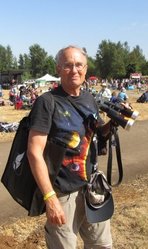 Mark Thorson in Oregon, at the 2017 solar eclipse Mark Thorson in Oregon, at the 2017 solar eclipse Friends of Galileo started with an amazing first year. During the spring of 1995, Chuck Ring and Sue Piper were instrumental in attracting local astronomy aficionados to our charter meeting in May. That spring’s evening sky was enshrined on our club T-shirts (except for a reversed crescent Moon). Nine industrious novices built their own Newtonian telescopes with Dobsonian mounts (“Dobs”), directed by Carl Zambuto (Nisqually Valley Telescope Maker’s Workshop). Zambuto is now a nationally respected telescope mirror manufacturer. He supervised them grinding their own 6” or 8” parabolic mirrors in Bert Jepson’s garage. When all nine telescopes were finished, FOG invited John Dobson, Ph.D. to talk at our “first light party”, i.e. a first look at the sky through their new telescopes. Dr. Dobson had us spellbound with his 2+ hours discussion of cosmology and the universe. Dobson was already internationally known for inventing the “Dobsonian telescope” design and for starting public “Sidewalk Astronomy” viewing in San Francisco. Our December 1995 meeting was FOG’s first Christmas Party, with a presentation of theories of the “Star of Bethlehem” by Mark Thorson. Friends of Galileo Astronomy Club is dedicated to sharing our enjoyment of astronomy through educational programs, by observing the cosmos, and serving our community as amateur astronomers. (Our bylaws say, “as a non-profit association dedicated to advancing the understanding and enjoyment of astronomy through educational programs, practical experiences, and social interactions”). FOG’s most notable accomplishments include:
Respectfully submitted, Mark Thorson, charter member of FOG  FOG Members and Friends, Due to the ongoing teacher's strike in Longview, Steve Powell has been unable to secure our meeting room for the September 19 FOG meeting. So instead, Bill Norvell has graciously reserved the President's Room at Canterbury Park (1335 3rd Ave, Longview) for our September 19 meeting. This is the same location where we held our August meeting. Hope to see you there! Thanks, Ted Gruber FOG Vice President / Program Chair |
Friends of Galileo
We are astronomy enthusiasts who love to learn and to share our wonder at the amazing sights right overhead. Archives
February 2024
Categories
All
|
||||||
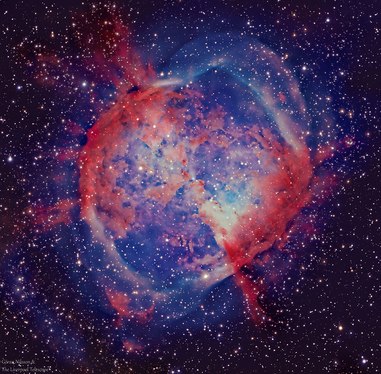
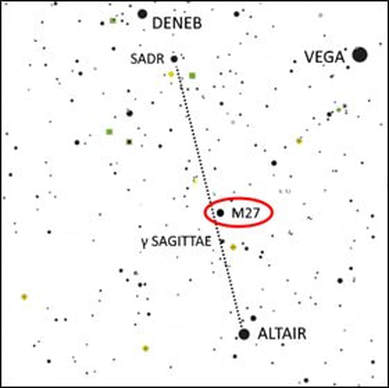
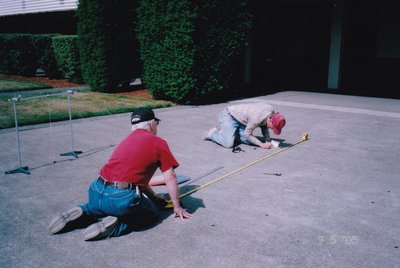
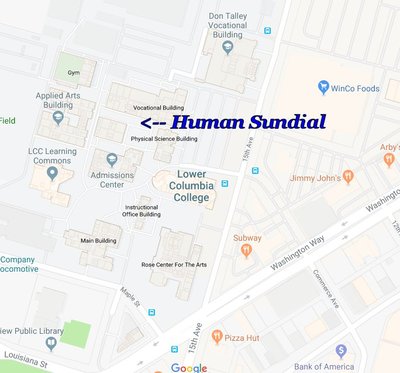
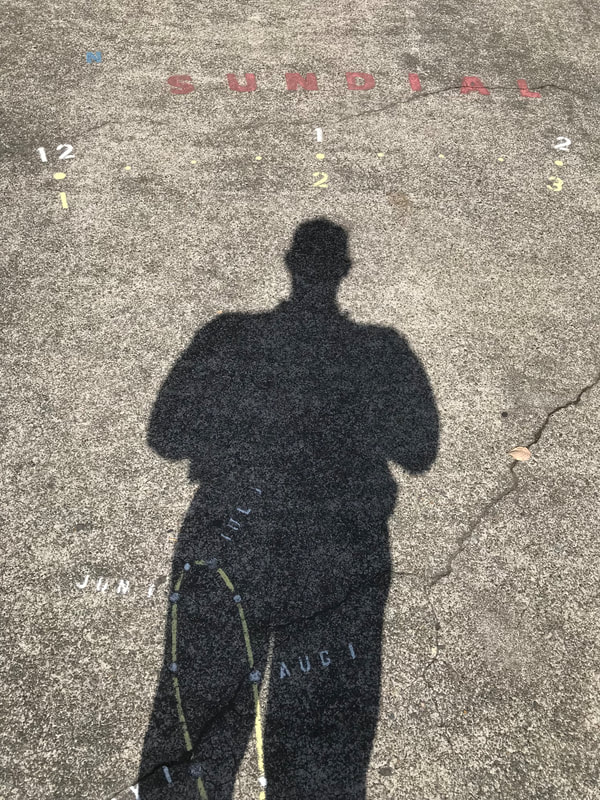
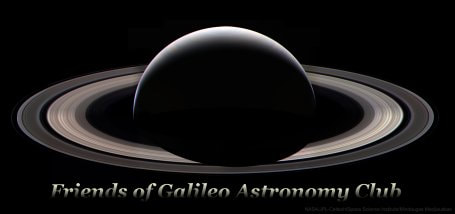
 RSS Feed
RSS Feed